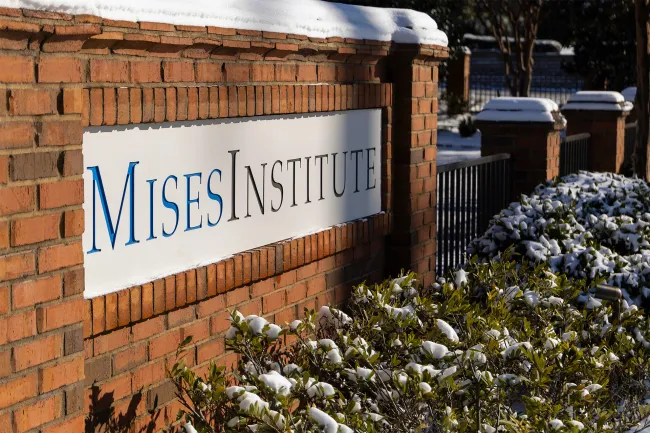Once again, we have efforts to release Fannie Mae and Freddie Mac from the conservatorship of the Federal Housing Finance Agency in which they have been confined for nearly 17 years—ever since the US Treasury did a 100 percent bailout of their creditors in 2008. Pros and cons are hotly debated relative to the proposed release of the twins that continue to rank among the largest systemically important financial institutions in the world.
The ongoing conservatorship means that the government has total control over these huge government-backed mortgage enterprises, with $7.7 trillion in combined assets. Since the bailout, the government has also been by far the biggest equity investor in them. Although they are often still called “GSEs” (“Government-Sponsored Enterprises”), in fact, while they are in conservatorship, they are not GSEs, but something very different: Government-Owned and Government-Controlled Enterprises. The proposed “release” transaction would give private shareholders control instead. Unfortunately, this could turn Fannie and Freddie back into GSEs, which would be a grievous mistake.
The US Treasury owns all the senior preferred stock of Fannie and Freddie; this stock has a combined liquidation preference of $341 billion as of December 31, 2024. This is more than twice their combined total book equity. In other words, not counting the government’s investment, Fannie and Freddie are deeply insolvent, and have been since 2008.
In addition, the Treasury owns warrants that give it the right to acquire new stock so that it owns up to 79.9 percent of Fannie and Freddie’s common stock for a minuscule exercise price. (The specific exercise price of the warrants is one-thousandth of one cent per share.) Exercising these warrants could give the Treasury a large profit, but they expire in September 2028, during the term of the current Trump administration. This gives the Treasury a duty to realize their value before they expire. Treasury could sell the warrants, exercise them, and then sell the stock, or exercise them and simply hold the stock along with the senior preferred stock.
To retire the government’s preferred and common equity stake would require a refinancing of massive scale, or a taxpayer gift from the US Treasury of tens of billions of dollars to Fannie and Freddie, or both.
The conventional narrative is that an exit from conservatorship would be a “privatization” and Fannie and Freddie would again become “private” companies. It is not the case. To be a GSE means that you have private shareholders, but you also have a free government guarantee of your obligations. As long as Fannie and Freddie have that free government guarantee, they will not be private companies, even if private shareholders own them.
Former Democratic Congressman J. J. Pickle of Texas pointedly summarized the GSEs: “The risk is 99% public and the profit is 100 percent private.”
As GSEs before 2008, the companies always enjoyed such a hugely valuable but free government guarantee. Because they did, no private company could successfully compete with them, and they were never private companies themselves. As our colleague Peter Wallison explained in his book, Hidden in Plain Sight, they were an unhealthy mix of socialized government risk and private profit.
The Essence of a GSE
Former Democratic Congressman J. J. Pickle of Texas pointedly summarized the GSEs: “The risk is 99% public and the profit is 100% private.” It was always said that the government guarantee of the GSEs was only “implicit,” but it was and is nonetheless fully and unquestionably real. This was definitively demonstrated by the Treasury’s $190 billion bailout of Fannie and Freddie in 2008, and the simultaneous creation of explicit government credit commitments during conservatorship. The bailout completely protected all of Fannie and Freddie’s creditors, even egregiously including the investors in their theoretically risk-absorbing subordinated debt. Creditors of GSEs are always saved by the government, and everybody knows it. The global sales of their securities and the credibility of the sponsoring government depend on it. To paraphrase the memorable words of a MasterCard commercial, what is the value of a free, unconditional, irrevocable, ever-greening line of credit from a sovereign creditor to an insolvent debtor? “Priceless,” the commercial said, but we calculate in the last section below the significant price that Fannie and Freddie should have to pay.
J. J. Pickle’s insight again fully applies to the new Fannie and Freddie “release” proposals and the ongoing debates of 2025. It displays the financial essence of a GSE: the immense value of the free government guarantee is a gift to the private shareholders, with little benefit to first-time homebuyers, as research has demonstrated. This obviously bad idea nonetheless has been supported by many politicians in the past. In their perennial search for a free lunch, they should not make the same mistake again.


